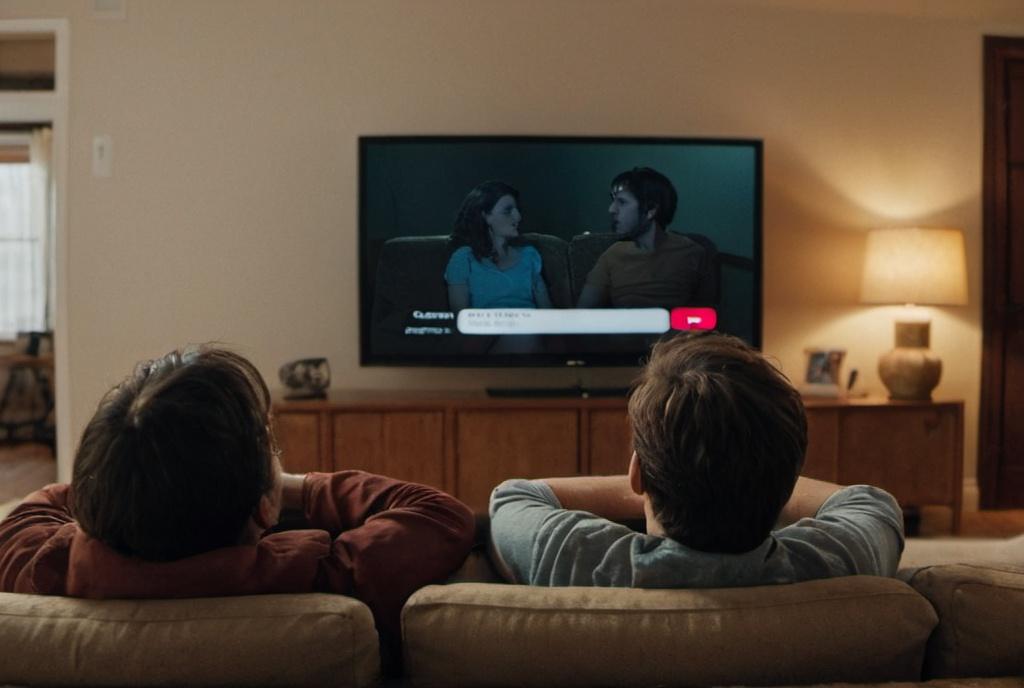
Key Take Aways About montage theory
- Montage theory, championed by Sergei Eisenstein in the 1920s, is an artful editing technique that combines shots to convey deeper meaning and evoke emotion.
- Types of montage include metric, rhythmic, tonal, overtonal, and intellectual, each with unique storytelling aspects.
- Montage influences audience emotions, driving engagement and potentially increasing financial returns in the film industry.
- Mastery of montage can elevate a filmmaker’s reputation, attracting investment and studio support.
- Though rooted in early cinema, montage continues to shape modern storytelling in film.

Montage Theory: The Basics
In the flickering twilight of early cinema, montage theory flickered to life. Sergei Eisenstein, a Soviet filmmaker with a penchant for the dramatic, championed this idea in the 1920s. Montage is a technique where editors, with a flick of their wrists, combine a series of shots to convey a deeper meaning or evoke emotions. This isn’t your average editing; it’s an art form. The whole is greater than the sum of its parts.
Why It Matters
Montage isn’t just about throwing clips together in a blender and hitting puree. It’s like crafting a symphony where each shot is a musical note. The way shots are ordered and juxtaposed can take audiences on emotional roller coasters. From the tension in Hitchcock’s movies to the epic battles in “The Lord of the Rings,” montage guides our feelings, whether we know it or not.
Types of Montage
Eisenstein classified montage into several flavors:
Metric Montage: Clips are cut at equal lengths, creating a rhythmic cadence. Think of it as a visual metronome.
Rhythmic Montage: Here, the pace of editing follows the action within the frame. Imagine a chase scene, where the speed of cuts matches the heartbeat of the running characters.
Tonal Montage: This type focuses on the emotional tone of the scenes. It’s not just about what’s happening but how it feels.
Overtonal Montage: A blend of metric, rhythmic, and tonal. It’s a smorgasbord of emotions and sensations.
Intellectual Montage: This one’s for the thinkers. By juxtaposing unrelated images, directors can spark intellectual epiphanies. Think of it as an invitation to a mental chess game.
The Financial Angle
You might be scratching your head, wondering how montage theory connects to finance. Well, movies are a business, and understanding montage can be a strategic advantage. Knowing how to manipulate emotions through editing means keeping audiences glued to screens, translating into more ticket sales, streaming views, and, ultimately, profit. Investors eye directors who have mastered montage, as these artists can deliver gripping stories on a budget.
The Credit Scene
Remember, beyond the razzle-dazzle of Hollywood, there’s a gritty side. The financial struggles of filmmakers bring out raw creativity. Credit lines and financing deals often hinge on a director’s reputation. Mastery of montage can elevate a filmmaker’s status, gaining favor with studios and financiers.
Montage theory, with its origins in the Soviet silent film era, is not just a relic of the past. It continues to shape modern cinema, influencing how stories are told and how we respond to them. So, next time you watch an epic battle or a nail-biting thriller, give a nod to the brilliance behind the edits.



